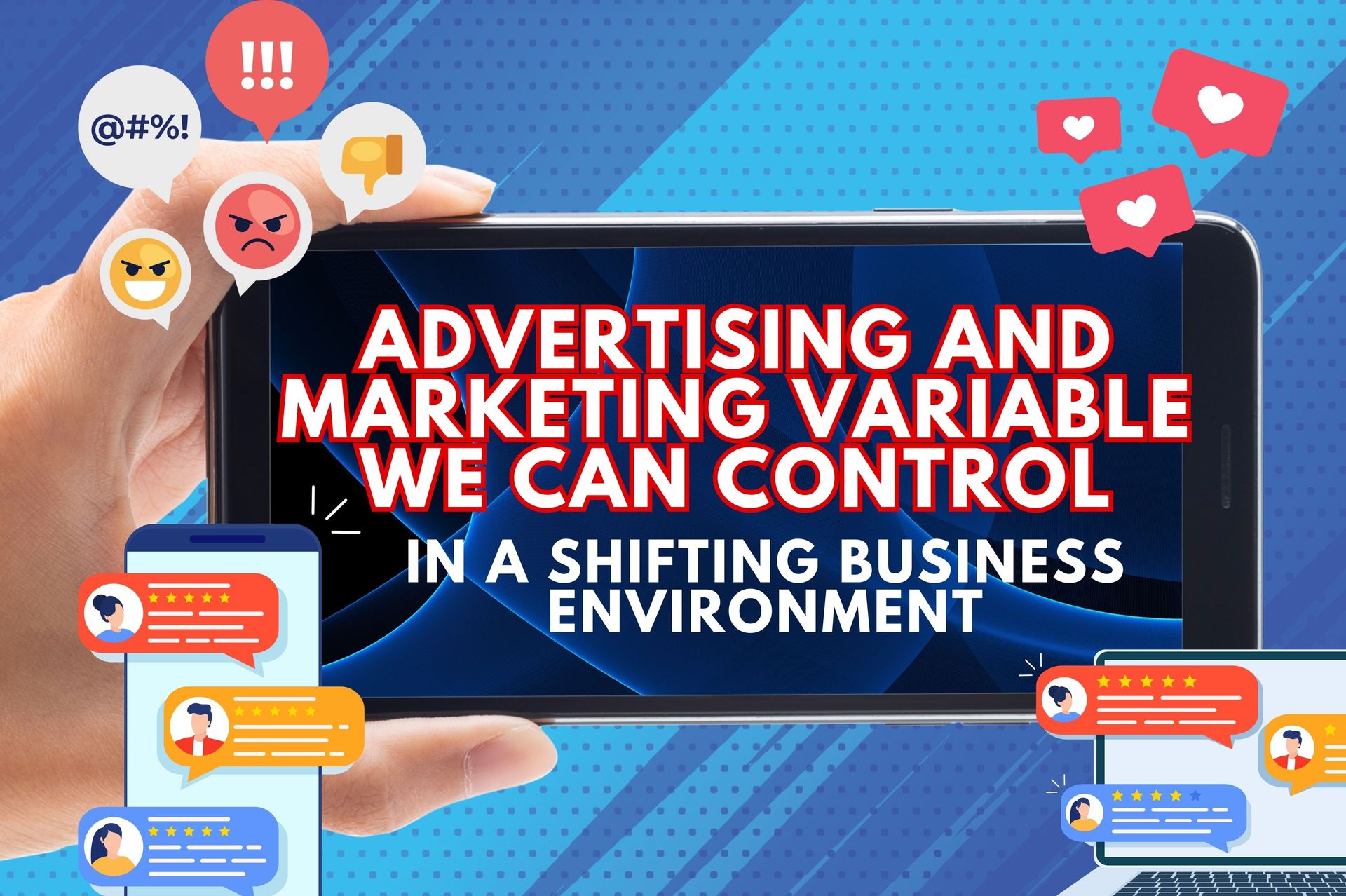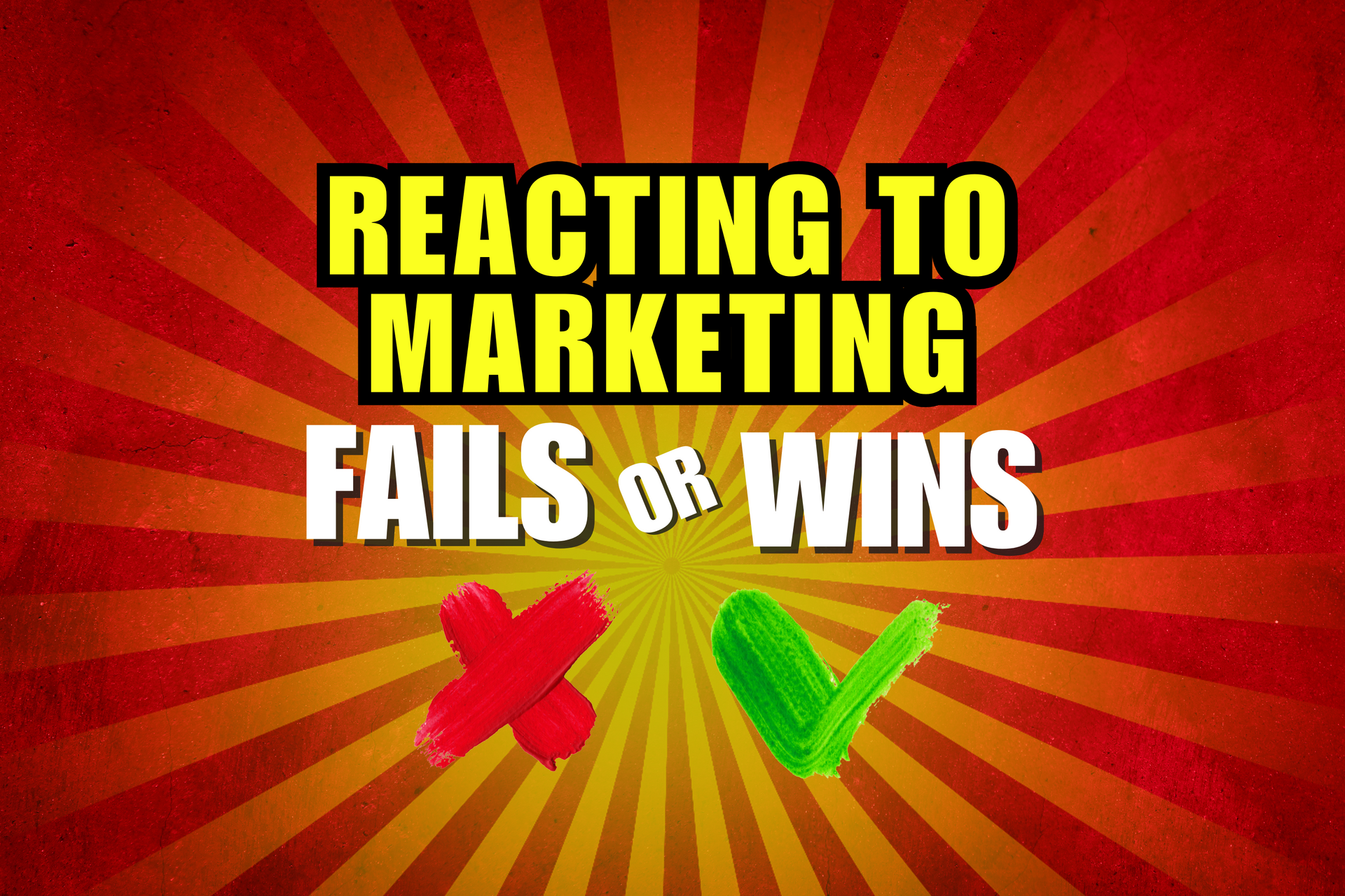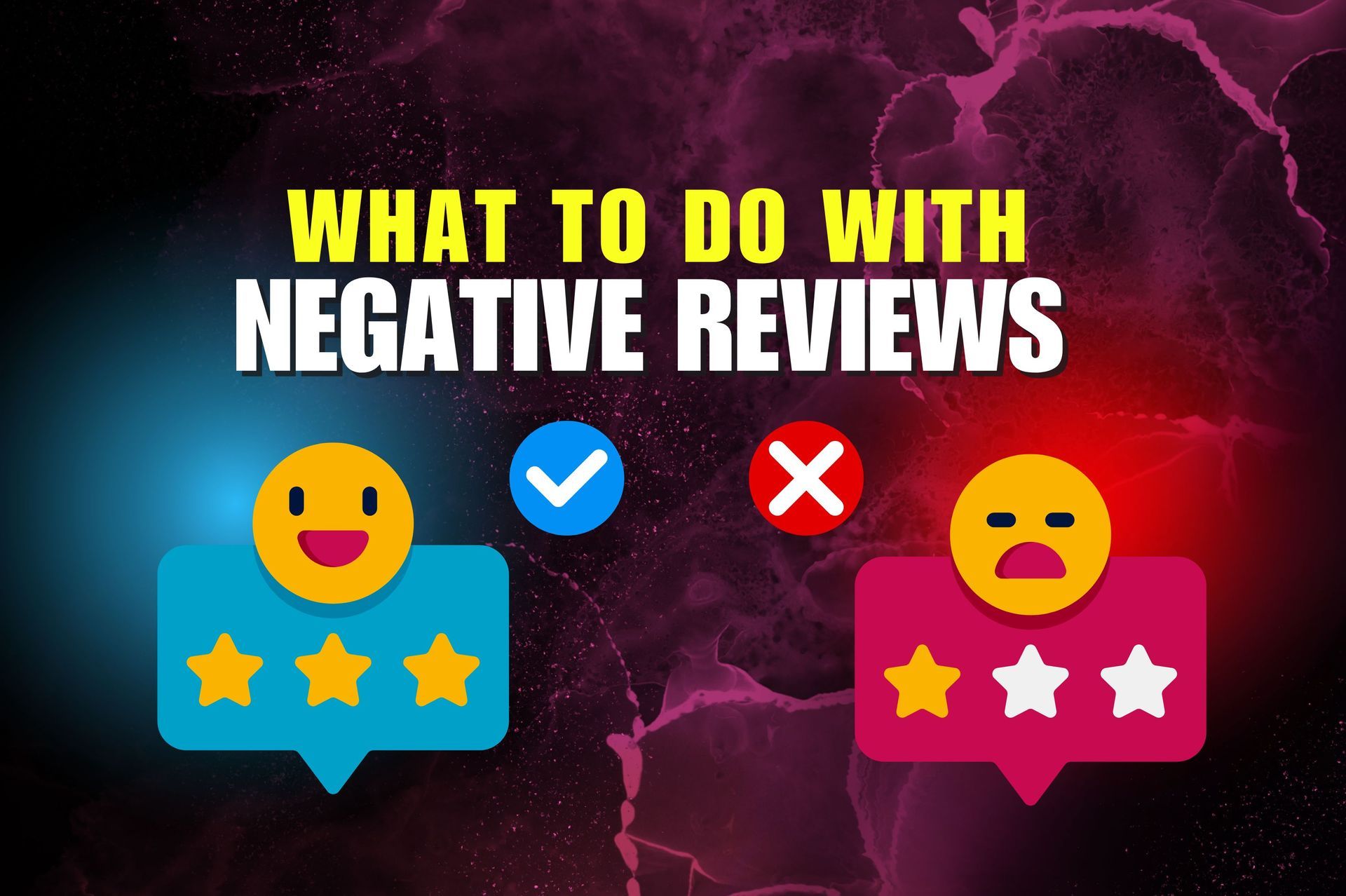3 Ways To Re-target Your Online Healthcare Audience
Customers value quality and price when buying a product or paying for a service. In order to find the best, they spend time researching online and comparing what is out there. They would do the same to look for a healthcare provider. Because of the information available online, patients can get all the data they need to make the decision on which facility to choose for their treatment.
Because they know that their patients are doing their research, the competition is getting steeper for healthcare providers. In order to continue attracting patients into their facility, they have to improve their online visibility. The question is, how can they stand out from the competition?
The answer is through re-targeting. The fact is, when patients visit their site for the first time, only 2% of this leads to a conversion. However, through re-targeting, it helps them stay on the top of the list of the other 98% who continue to do research. It also helps them improve their online exposure to other potential patients.
Re-targeting is technology that is cookie-based, using code to track where your site visitors go after they look at your site. If the visitor doesn’t end up making an appointment request in your website, ads come out that encourage conversion, which says either “Schedule an Appointment” or “Contact Us.”
Specifically, here are 3 ways to use re-targeting on your audience.
- Ensure That Your Ads Are HIPAA-Compliant
Because of HIPAA, healthcare providers need to be careful about handling personal or health information of patients. This is why they may be wary of re-targeting, but they shouldn’t be. Re-targeting does not go against HIPAA, but these organizations still need to tread carefully. Their ads should never indicate having the personal information of patients. They are also not allowed to collect any contact information of the patient, like a phone number or email address.
The ads have to be general instead and should focus on giving information about the hospital or the specific department. It also cannot give too much information on the treatment of a specific condition. It should focus on highlighting the expertise and knowledge of the organization in the certain department, taking care to avoid mentioning the health condition.
For example, there is a visitor who visits your website looking for any information on neurology but left the site without making an appointment. They will then see ads afterward that encourage them to contact your organization’s neurology department, taking care to avoid any mention of stroke symptoms, even if the visitor viewed the web page on strokes specifically.
- Be Strategic With Ads
There is no need, nor does it do you any good, to aim to convert every visit to your website. The fact is, there are some visitors who simply look for some information on specific medical conditions, including students who are working on a school project or other researchers. The best strategy is to implement re-targeting only on specific pages, ones that are oriented on conversion.
The first step is to identify exactly which pages have the best chance of attracting conversion, for example, those that mention key services or specific procedures available in your facility. This means, when the visitors view these pages and then leave, they will see ads related to the page they were looking at in your site. The most important thing is to include a visible call to action, prodding them to contact your healthcare provider and make an appointment.
- Limit Your Re-targeting Efforts
If after your efforts of re-targeting, the visitor has still not converted, do not continue re-targeting after 30 days. This is a reasonable amount of time to conclude that if the patient did not make an appointment with your facility in this time, it means he or she was just doing research or has decided on a different option. It might also mean he or she never really wanted to make an appointment.
Moreover, you should also ensure that lists are updated after the visitor has converted. After all, you do not want to show them any more ads after they already made an appointment. Instead, you can show a generic ad for your healthcare facility or stop showing them.
- Getting Your Visitors To Come Back
The richness of information online is both good and bad, because people have all that they need to make a decision. Unfortunately, it might make them feel overloaded. Thus, healthcare companies need to be creative in order to get patients’ attention and convince them they are the best partners in dealing with their health issues.
Thus, you will want to remind them of this and your organization’s capabilities even after they moved on to other sites to still lead to a conversion. Through re-targeting, you can turn visitors interested in your services into your newest patients.




















